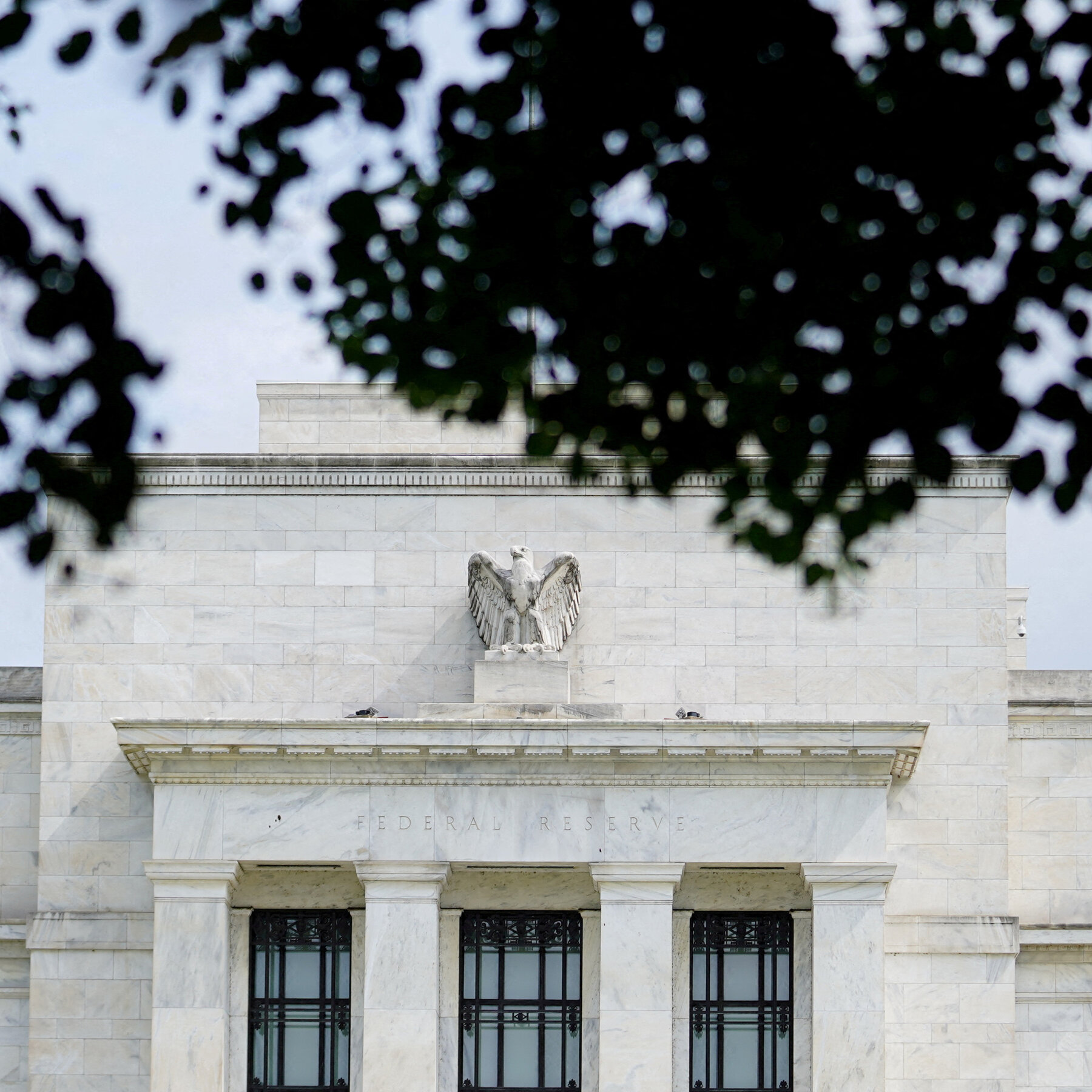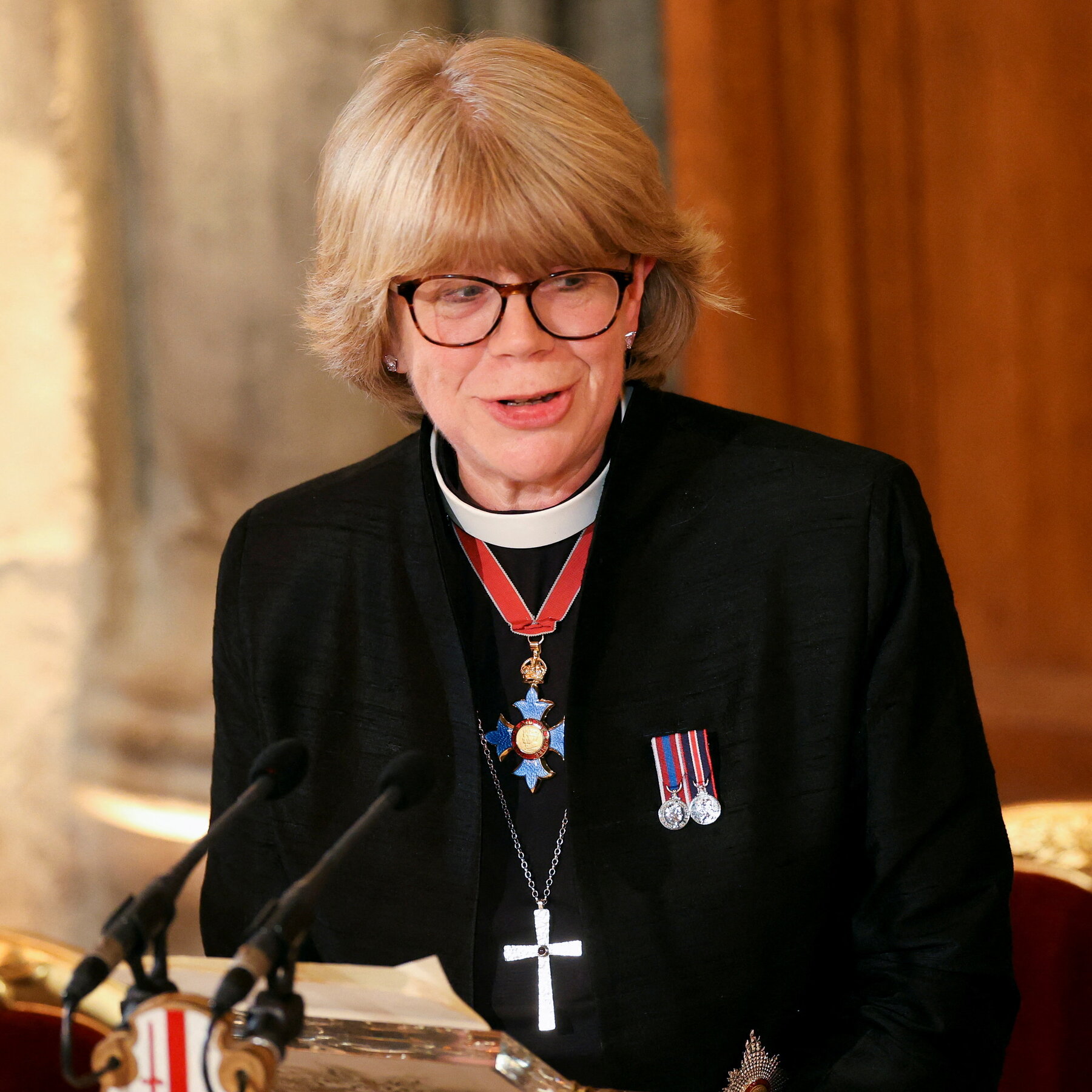How the Peace Plan Looks to Ukraine and Russia
Background of the Proposal
President Donald Trump has unveiled a diplomatic initiative aimed at ending the conflict that has ravaged Eastern Europe for over a year. The plan calls for a series of cease‑fires, a phased withdrawal of foreign troops, and a negotiated settlement on the status of disputed territories. While the United States frames the proposal as a “win‑win” for both sides, the reactions in Kyiv and Moscow reveal starkly different expectations.
Ukrainian Perspective
Ukrainian officials have greeted the plan with cautious skepticism. Foreign Minister Oksana Markarova emphasized that any agreement must respect Ukraine’s sovereignty and territorial integrity, particularly regarding the annexed regions. “We are open to talks that guarantee the return of our land and the safety of our citizens,” she said, adding that “any compromise that legitimises occupation will be rejected outright.”
On the ground, Kyiv’s military leadership worries that a premature cease‑fire could allow Russian forces to consolidate gains. Lieutenant General Andriy Hryshchenko warned that “without concrete security guarantees, a pause in fighting may simply give the adversary time to regroup.”
Russian Perspective
In Moscow, the proposal is being portrayed as a diplomatic victory that acknowledges Russia’s “legitimate interests” in the region. Kremlin spokesperson Dmitry Peskov called the plan “a realistic pathway to stability” and highlighted the clause that would permit a limited Russian military presence in the contested zones for up to two years.
However, senior officials also signaled that the offer is conditional on Ukraine’s willingness to recognize the new status quo. “We expect a sincere commitment from Kyiv to end hostilities and to engage in constructive dialogue,” Peskov stated, hinting that any refusal could lead to “further escalation.”
Analysts’ Take on the Chances of Success
International observers remain divided. Some experts argue that the plan’s “balanced approach”—combining security guarantees with political concessions—offers a viable route to de‑escalation. Others contend that the deep mistrust between the parties makes any agreement fragile at best.
“The success of this initiative hinges on credible enforcement mechanisms and a clear timeline,” noted Dr. Elena Kovalenko, a senior fellow at the European Institute for Conflict Studies. “Without robust monitoring, both sides may interpret the terms to suit their own narratives, which could reignite fighting.”
As negotiations continue behind closed doors, the world watches closely to see whether President Trump’s peace plan can transform rhetoric into a lasting resolution—or simply become another footnote in a protracted conflict.






